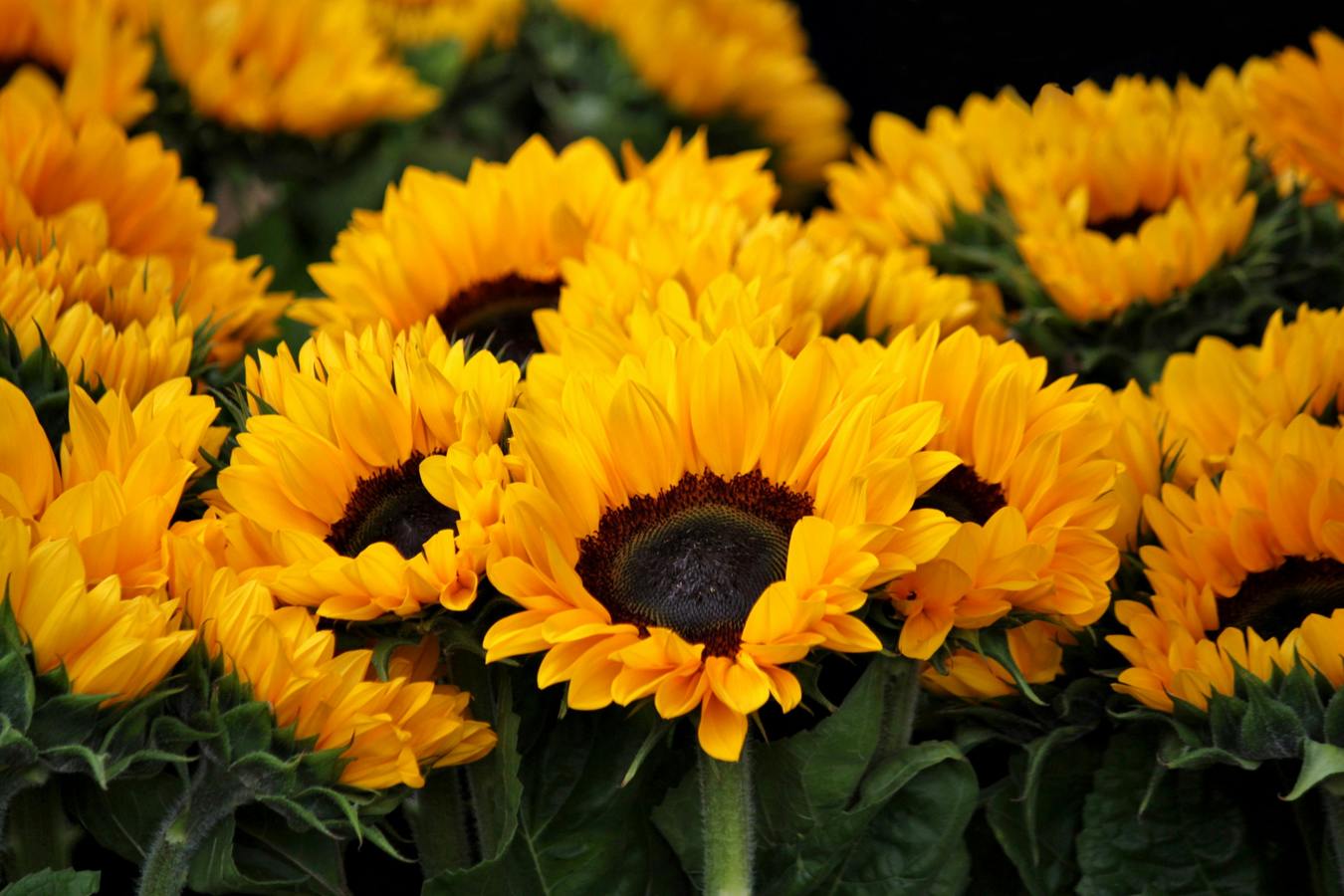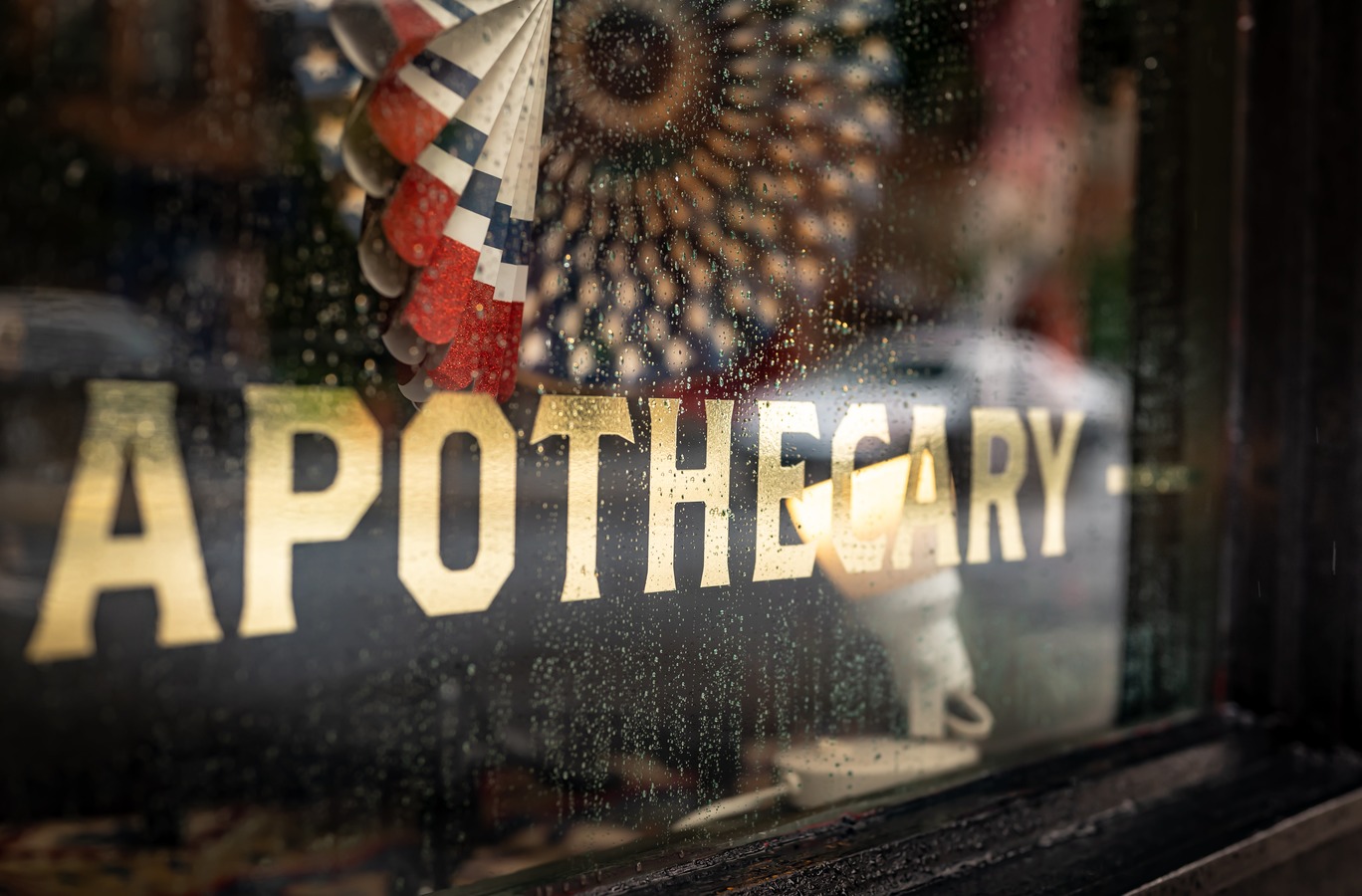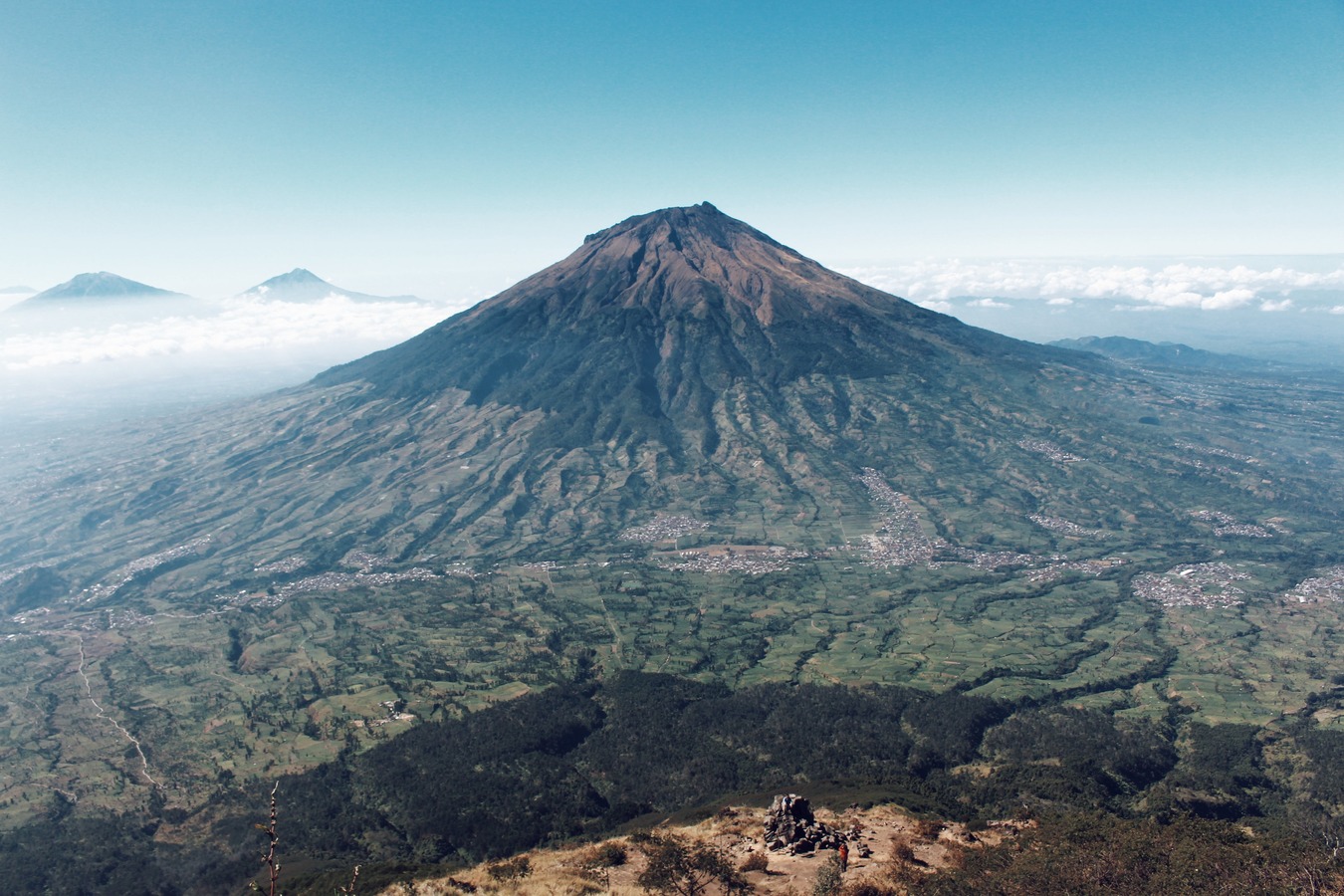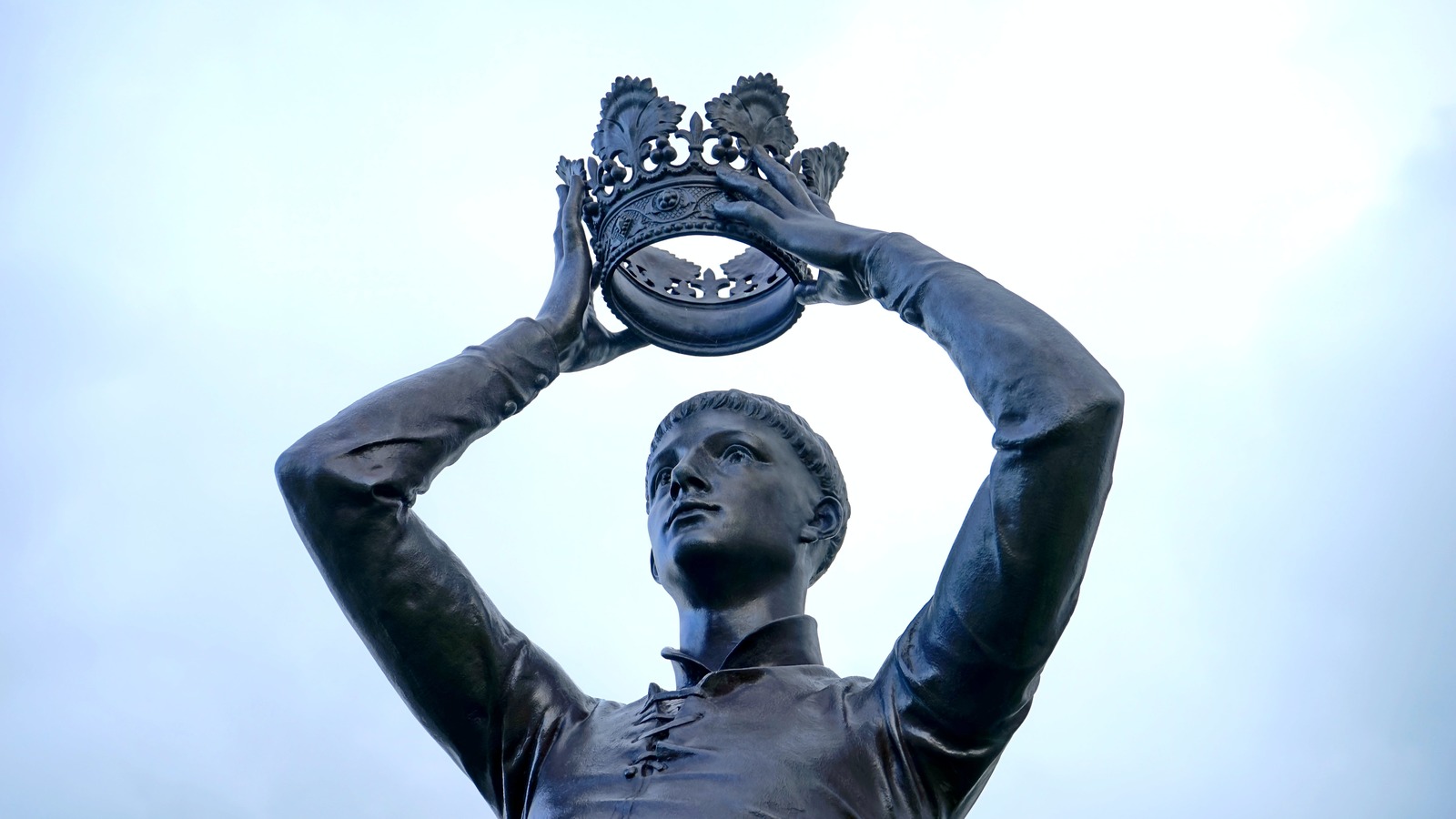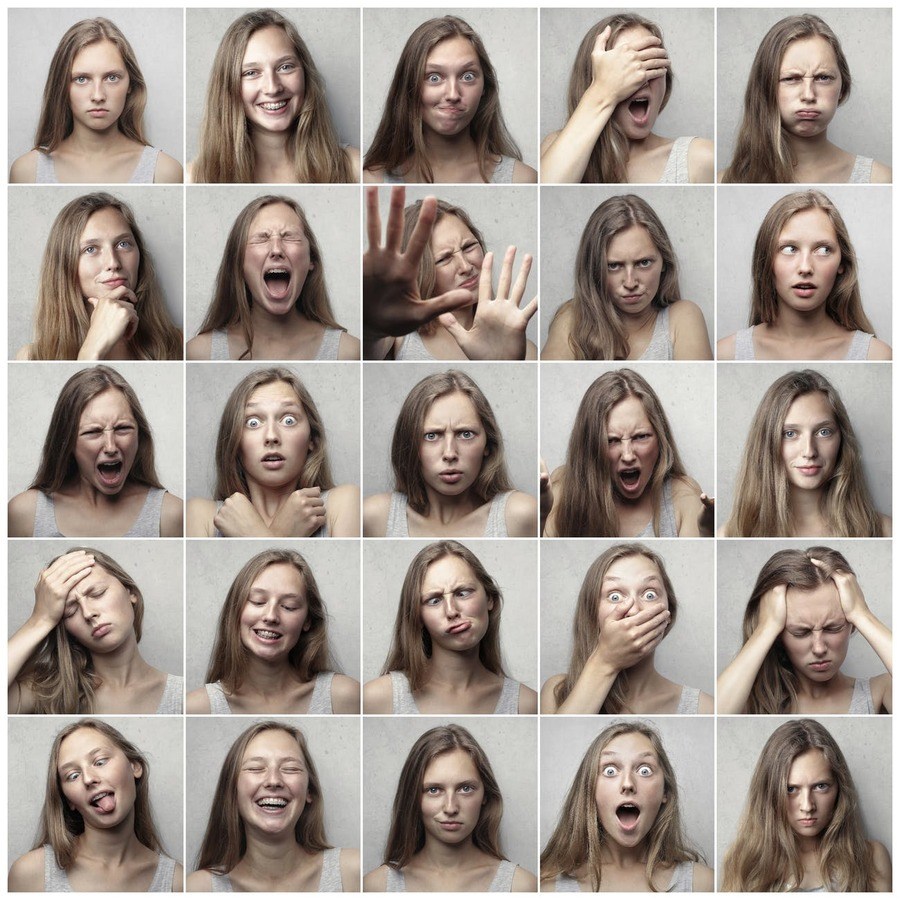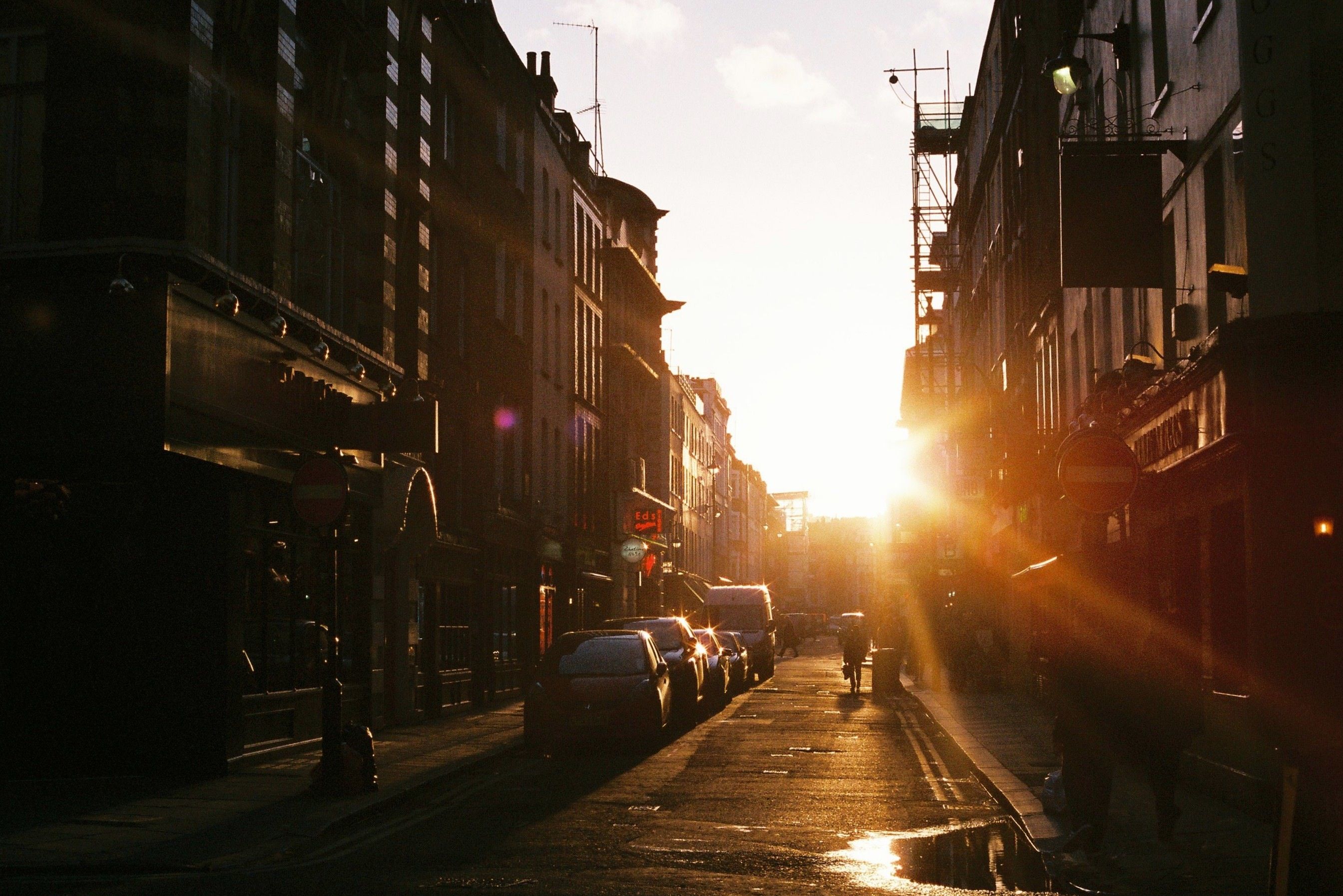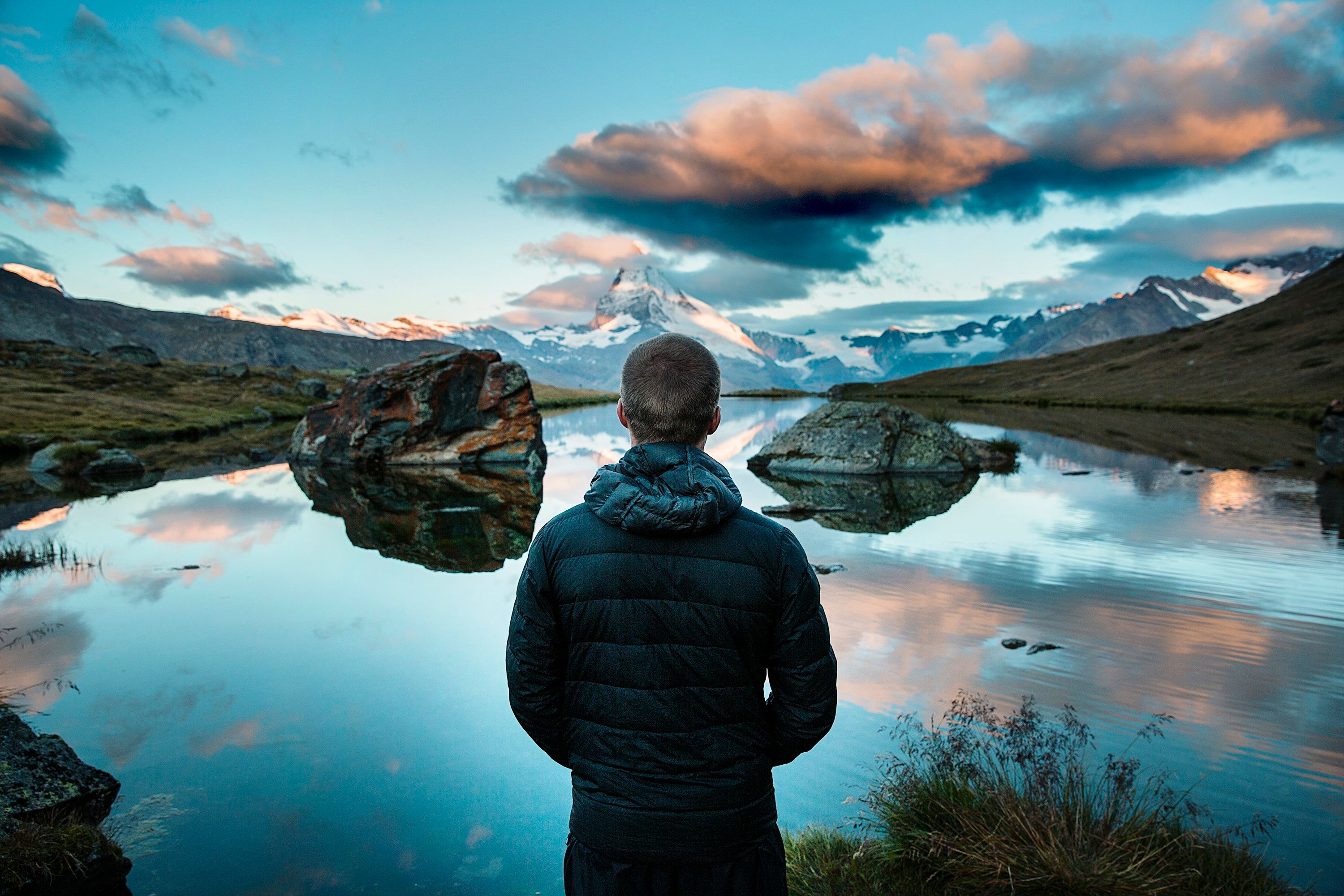By Andrew SVN.
Welcome to the fourth and final article of this series on structural racism in conscious sexuality. In this article, we’ll explore the diversity of BAME experiences.
This isn’t quite an elephant in the room in the same vein as the previous three – cultural appropriation, lack of proactive racial inclusion and neutral attitudes towards race. Clearly BAME people having good experiences is no bad thing! The reason I’ve included it is because racism is sometimes characterised by the following logic: racism exists if and only if all BAME people are being discriminated against. One BAME person isn’t being discriminated against. Therefore racism doesn’t exist. This logic opens the door to potential gaslighting – defined by Psychology Today as “a tactic in which a person or entity, in order to gain more power, makes a victim question their reality.” While we should of course celebrate positive BAME experiences we need to also be careful not to use those experiences to devalue any negative BAME experiences that we may come across. This potential for gaslighting in the presence of positive BAME experiences is why I include it in my herd of four proverbial elephants in the room.
Structural racism extends beyond individual experiences. It’s possible for BAME people to have positive experiences in environments that are nevertheless structurally racist. As we’ve seen throughout this series the way structural racism manifests in conscious sexuality is rarely overt. Rather it rears its head in what isn’t said, and what isn’t done. It hides in the gaps of our individual and collective awareness.
Let’s explore some examples of BAME people who’ve carved out a niche for themselves in conscious sexuality and BDSM spaces – whether as lay members, instructors or sex workers. The New York Times published a story in 2016 about Mollena Williams-Haas (a BDSM educator) and Georg Friedrich Haas (an Austrian composer) – who are a married couple in a master-slave relationship (Georg is the master, Mollena is the slave). The Lahlita Project – a Manchester-based conscious sexuality community – is led by a diverse team: including two black women with backgrounds in activism and race equality. Comedian Desiree Burch has spoken openly about her experience working as a dominatrix as a way to increase her sexual confidence. Black Tantra Group – based in the US – offer an Afrocentric version of Tantra aimed at the black community. These, and various other examples I haven’t listed, are worth celebrating.
Does this mean that some BAME people aren’t being fetishised based on their race? That some aren’t being told that their concerns about racism are simply a personal anxiety that can be overcome by personal action? That some aren’t having a conversation cut off as soon as they mention the phrase “structural racism” (which was my experience with one conscious sexuality instructor recently)? Not at all. Ironically structural racism isn’t black and white! It can hold light and shadow at the same time. It would have been remiss of me to focus this entire series on the shadow without acknowledging the light – hence me writing this particular article.
*******************************************************************************
So what can the conscious sexuality community do to be more racially inclusive? Firstly instructors and group leaders can be more vocal, visible and practical in their support of BAME people. This can include sharing their platform with BAME instructors and thought leaders, offering discounts to BAME attendees of workshops/events (much like the discounts provided by some organisers to women and LGBTQIA+ people) and building a dialogue with BAME groups within the community. Community members can challenge their own racial biases when it comes to sex, dating and relating – this video by the Royal Society may help you understand and work through any unconscious biases. Everyone can keep up-to-date with social issues, listen to a wider range of voices (see resources listed below) and create space for people to share all of themselves. Supporting the development of more BAME instructors, groups and thought leaders – who can engage people of all identities – would also be really beneficial. I believe that implementing any or all of the above could lead to real positive change towards racial inclusivity in conscious sexuality spaces.
To summarise this series – there are a number of barriers to racial inclusion in the conscious sexuality community. Cultural appropriation – most likely driven by business imperatives to satisfy narrow Western consumer preferences. A lack of proactive effort by community leaders towards racial inclusion – most likely due to demographics, limited educational experiences on race inclusion and an understandable fear of causing offence. And neutral attitudes towards race – namely the “colour-blind” approach to race relations. At the same time it’s important to acknowledge that there are a number of BAME people who have created positive niches for themselves – including Mollena Williams-Haas and other BAME thought leaders, professionals and lay members – while also not using those positive examples as evidence against the presence of structural racism in conscious sexuality. Finally there are a number of things we can do as a community to be more racially inclusive – including amplifying BAME voice, offering discounts to BAME attendees of workshops/events, building dialogue with BAME groups, challenging personal racial biases and supporting the development of more BAME instructors, groups and thought leaders.
As I promised in the second article – here’s a list of useful ethnic-minority-focused resources for sex and relating.
King Noire – a black adult performer – recently published an article in Playboy in response to the murder of George Floyd honouring black pain, pleasure and love
8 POC Sex Educators You Should Be Following On Instagram
Are you a BAME person exploring conscious relating and sexuality? Are you an ally who is actively supporting ethnic minorities? Has this series helped you be more racially aware and inclusive? Let me know your thoughts in the comments below.
Written by Andrew SVN.
********************************************************************************
This series has been written from a male, cisgender and heteronormative viewpoint and, therefore, is by no means exhaustive. For example, it hasn’t explored the intersectionality of structural racism in the LGBTQIA+ community. I’d welcome comments from any BAME people from the LGBTQIA+ or other identity groups who want to add their perspective to the mix.
The other articles are: attitudes to race, cultural appropriation and inclusivity.
********************************************************************************









